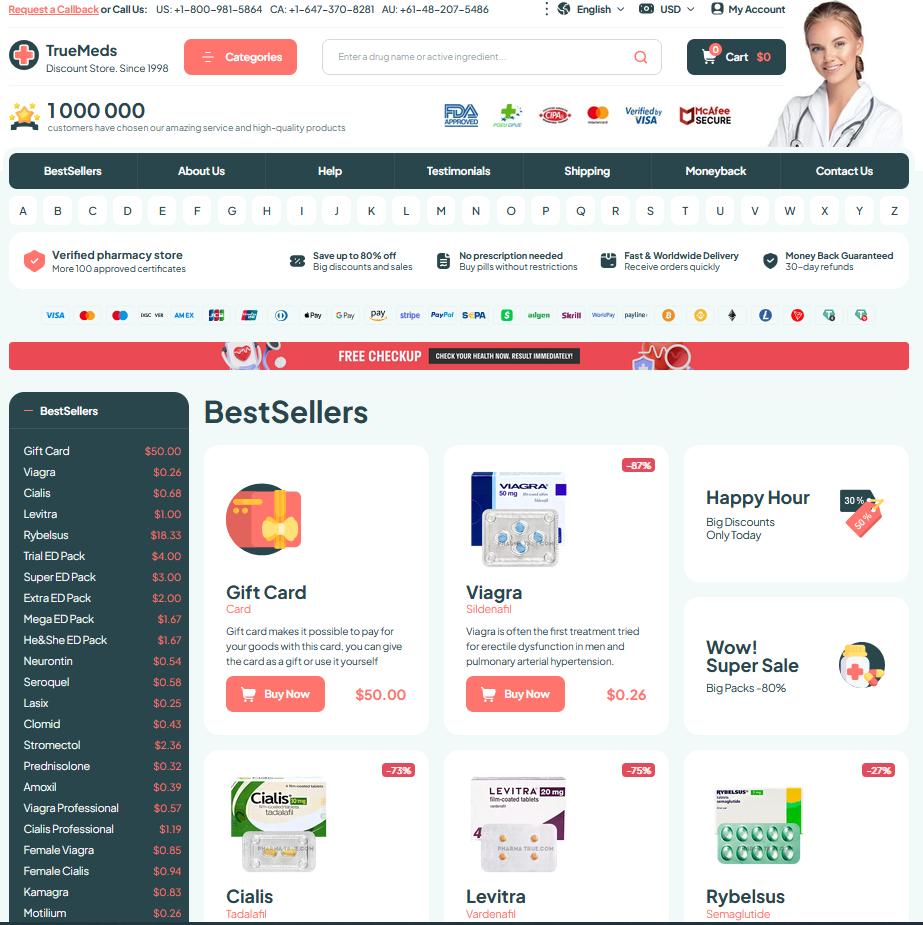Click HERE To Buy Zudena Online ↓
 Advanced Zudena Tips and Hidden Features
Advanced Zudena Tips and Hidden Features
Unlock Power-user Shortcuts to Skyrocket Daily Efficiency
I started treating shortcuts like secret staircases, discovering how a few keystrokes can collapse tasks into moments. Memorize core combos, layer modifiers, and build muscle memory; your workflow will feel almost cinematic as tiny actions ripple into large time savings across every session.
Map shortcuts to recurring goals, prioritize context-aware keys, and combine commands into one-touch macros. Include quick-access snippets and window navigation tricks; annotate your favorites, sync them across devices, and revisit periodically. Small investments in structure compound, turning chaotic days into predictable, productive rhythms and reduce friction daily.
| Shortcut | Benefit |
|---|---|
| Ctrl+K | Quick search |
| Alt+Shift+M | Macro trigger |
Craft Custom Automation Workflows for Repetitive Tasks

When I first automated my daily reports in zudena, what had felt like a mountain of clicks became a calm, repeatable routine. Begin by mapping each manual step, identify bottlenecks, and assemble modular blocks that can be reused. Use conditional triggers, time-based schedules, and small delays to mimic human pacing while preventing race conditions.
Embed logging and graceful error handling so workflows recover and you can replay failed runs. Version your templates, keep a sandbox for testing, and annotate blocks with clear descriptions. When integrating external services, implement backoff retries and idempotency. Finally, expose concise alerts and dashboards to monitor throughput and spot regressions before they affect daily operations, saving hours while increasing operational confidence.
Reveal Hidden Keyboard Combos and Interface Easter Eggs
Late-night tinkering revealed a handful of keyboard combos that transform mundane clicks into instant actions. Once learned, they feel like secret keys to efficiency.
Some sequences toggle panels, others jump to nested menus; with zudena, mapping personal shortcuts becomes playful and precise. Try combining modifiers with numbers.
Easter eggs hide in plain sight: type rhythmically, hold a shift while clicking, or open help and press obscure sequences to unlock visuals and developer notes.
Document your favorites in a cheat sheet, then practice until muscle memory kicks in. These hidden combos shave minutes from workflows, spark delight, and reveal zudena’s playful engineering. Share them with teammates to build a culture of tiny, cumulative time savings daily.
Advanced Scripting Tricks for Dynamic Data Manipulation

Late night debugging sessions taught me clever iterator patterns that turn noisy inputs into reliable streams, accelerating insight and reducing errors dramatically.
Combining map, filter, and lazy evaluation in zudena pipelines shrinks code while preserving clarity, letting teams focus on business logic instead easily.
Use generator chaining to stream transforms and avoid memory spikes; combine with buffering windows for batched writes and graceful backpressure handling during peaks.
Inject dynamic templates and runtime type checks to validate payloads, auto-correct common anomalies, and emit contextual logs that speed troubleshooting dramatically for teams.
Optimize Performance and Resource Usage Like a Pro
I trimmed cycles and watched zudena breathe faster, swapping heavy modules for lean plugins to cut latency and boot time.
Profile hotspots, prioritize async tasks, and cache wisely; small measurements reveal big wins under sustained load. Set alerts for regressions. Use lighter serialization.
Tune thread pools, cap memory buffers, and use lazy initialization to avoid spikes. Monitor GC and I/O patterns. Benchmark with representative data.
Automate warmups, set sensible defaults, and document limits so teams deploy confidently and systems remain robust. Rotate logs and trim unused caches regularly.
| Cache | Latency |
Integrate Third-party Apis to Extend Core Functionality
When you need to stitch external intelligence into your workspace, a few architectural choices turn a brittle patchwork into a fluent extension. Start by picking lightweight adapters, standardizing authentication flows like OAuth or API keys, and mapping external payloads to internal schemas. Validate at the edge, sandbox integrations during development, and log every handshake to simplify troubleshooting and monitor latency.
Design resilient extension points: cache responses, honor rate limits with backoff and jitter, retry idempotently, and emit metrics for SLA tracking. Use contract tests, versioned APIs, and webhooks for near-real-time updates. Prefer SDKs for large integrations, and automate CI checks so third-party changes never blindside production. Document interfaces and rotate credentials. Docs GitHub



